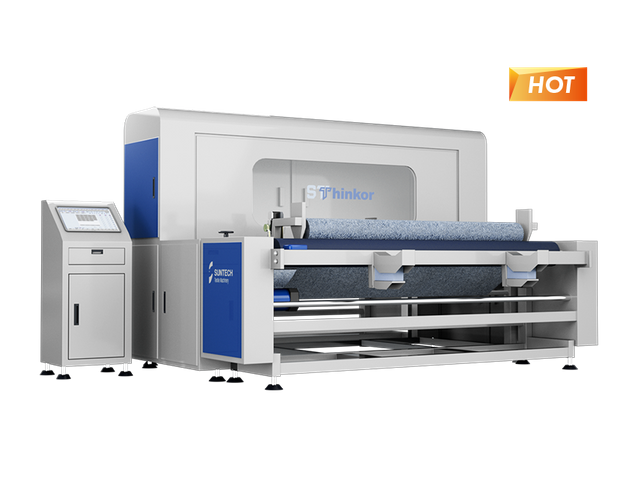Visual inspection plays a crucial role in ensuring the quality of products across various industries. By implementing effective visual inspection techniques, companies can identify defects, inconsistencies, and imperfections in their products, ultimately improving overall quality and customer satisfaction.

Importance of Visual Inspection
Visual inspection is a fundamental aspect of quality control as it allows for the detection of defects that may not be apparent through other testing methods. By carefully examining products visually, manufacturers can identify issues such as scratches, dents, discoloration, and misalignments that could affect product performance or aesthetics.
Types of Visual Inspection Techniques
There are several visual inspection techniques that companies can utilize to enhance product quality. These include:
- Manual Visual Inspection: This involves human operators inspecting products visually for defects. While this method is subjective and prone to human error, it can be effective for identifying visible defects.
- Automated Visual Inspection: Automated systems use cameras and image processing software to inspect products quickly and accurately. This method is ideal for high-volume production environments where speed and consistency are essential.
- Machine Vision Inspection: Machine vision systems use advanced algorithms to analyze images of products and detect defects with precision. This technique is highly reliable and can detect even subtle defects that may be missed by human inspectors.
Implementing Visual Inspection Systems
When implementing visual inspection systems, companies should consider factors such as lighting, camera resolution, image processing algorithms, and inspection criteria. By optimizing these parameters, companies can ensure that their visual inspection systems are effective in detecting defects and maintaining product quality.
Furthermore, companies can integrate artificial intelligence (AI) and machine learning algorithms into their visual inspection systems to improve defect detection accuracy and reduce false positives. These technologies can analyze vast amounts of image data quickly and make real-time decisions based on predefined criteria.
Continuous Improvement Through Visual Inspection
Continuous improvement is essential in maintaining product quality through visual inspection techniques. By analyzing inspection data, companies can identify trends, root causes of defects, and areas for improvement. This information can be used to refine inspection processes, optimize parameters, and enhance overall product quality.
By embracing the power of visual inspection techniques, companies can elevate their quality control processes, reduce defects, and deliver products that meet or exceed customer expectations. Investing in advanced visual inspection systems and technologies can lead to significant improvements in product quality, ultimately driving business success and customer satisfaction.







